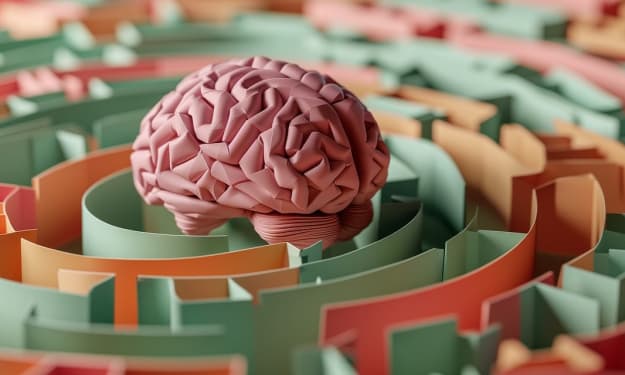
The quality of education is of paramount importance for several reasons. Education plays a vital role in the overall development of individuals. It equips them with knowledge, skills, and competencies necessary to succeed in their personal and professional lives. Quality education ensures that students receive accurate and up-to-date information, fostering intellectual growth and critical thinking abilities.
Education empowers individuals by providing them with opportunities to explore their interests, expand their horizons, and realize their full potential. Quality education enables individuals to make informed decisions, exercise their rights, and participate actively in society, contributing to social, economic, and political progress.
The quality of education is important because it influences individual development, empowers people, drives economic growth, reduces inequality, fosters social cohesion, enhances civic engagement, and improves overall well-being. Investing in quality education is crucial for the progress and prosperity of individuals and society as a whole.
While the education system has evolved and improved over time, it still faces several criticisms and challenges. Here are some commonly cited cons of today's education system:
1. Standardized Testing: Many education systems heavily rely on standardized tests to evaluate student performance. Critics argue that these tests promote rote memorization rather than critical thinking, creativity, and problem-solving skills. They may also lead to a narrow focus on test preparation, sacrificing a holistic and well-rounded education.
2. One-Size-Fits-All Approach: The current system often adopts a uniform curriculum and teaching methods for all students, disregarding their individual learning styles, abilities, and interests. This approach can result in disengagement, frustration, and limited opportunities for personalized learning.
3. Lack of Practical Skills: Critics argue that the education system often fails to equip students with essential practical skills for real-life situations, such as financial literacy, interpersonal communication, critical thinking, and problem-solving. These skills are crucial for success in the modern world but are not adequately emphasized in many curricula.
4. Overemphasis on Grades and Rankings: The heavy focus on grades, class rankings, and academic achievements can create a hypercompetitive environment that may lead to stress, anxiety, and mental health issues among students. The pursuit of high grades can overshadow the joy of learning and discourage students from taking risks or exploring their passions.
5. Inadequate Teacher Training and Support: Teachers play a crucial role in education, but they often face challenges such as large class sizes, insufficient resources, and limited professional development opportunities. Inadequate support for teachers can impact the quality of education they deliver and contribute to burnout and attrition.
6. Limited Emphasis on Practical and Vocational Education: The education system tends to prioritize academic education, often undervaluing practical and vocational skills. This narrow focus can neglect the diverse talents and interests of students, leaving them unprepared for technical or vocational careers that are in high demand.
7. Insufficient Integration of Technology: While technology has transformed many aspects of society, its integration into education is often slow and inconsistent. The lack of access to digital resources, outdated infrastructure, and insufficient training in educational technology can hinder students' digital literacy and readiness for the digital age.
8. Inequality and Achievement Gaps: Socioeconomic disparities often translate into unequal access to quality education, resulting in achievement gaps among different student groups. Students from marginalized communities, low-income backgrounds, or with learning disabilities may face barriers to receiving an equitable education, perpetuating social inequality.
Education serves as a powerful tool for reducing inequality in society. Quality education should be accessible to all, regardless of socioeconomic backgrounds, ethnicity, gender, or disabilities. It helps bridge the gap between privileged and marginalized populations, providing equal opportunities for upward social mobility and breaking the cycle of poverty.
It's important to note that these cons may not be universally applicable to all education systems or institutions. Various educational models and approaches exist worldwide, and some systems have made efforts to address these issues. However, these concerns represent common criticisms and areas where improvement is often sought.
About the Creator
Shamreena
Spread love and be loved by love💌.






Comments
There are no comments for this story
Be the first to respond and start the conversation.